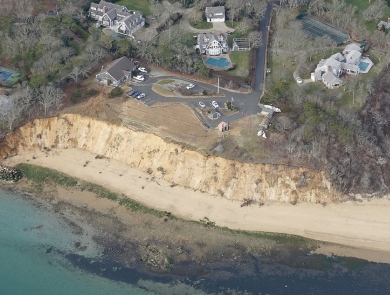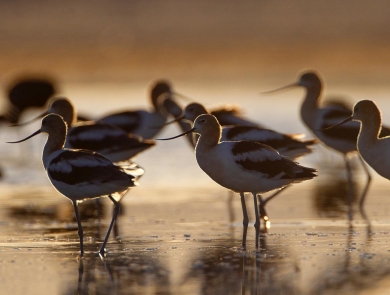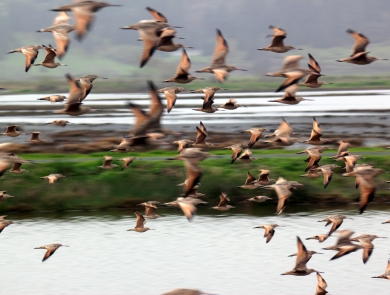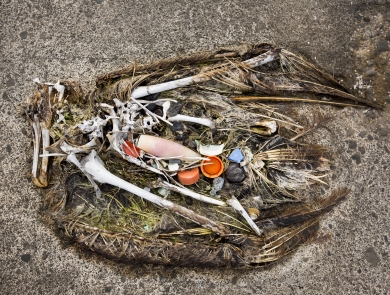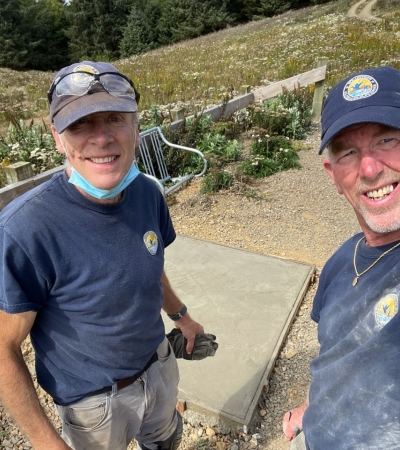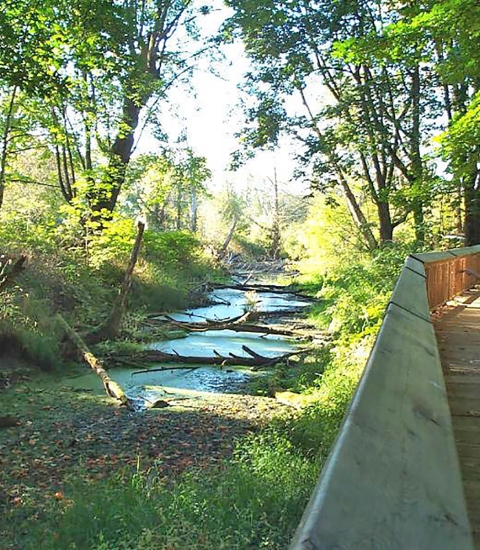Facility
Location
5437 West Jefferson Ave.
Trenton, MI 48183
United States
Volunteer Position Overview
About This Position
If you are a birder and want to put your skills to work, this volunteer position is for you! During the autumn months, the lower Detroit River becomes a corridor for the passage of migratory birds, and has gained international recognition for the annual volume of birds of prey. Hundreds of thousands of migrating hawks, eagles, falcons, and vultures are concentrated at this location where it is possible to systematically count them each year.
Detroit River Hawk Watch utilizes trained volunteers to conduct a standardized count of the fall migration of raptors at the lower Detroit River.
Come out to the count site and learn the skills necessary to become a seasoned counter! Volunteers will be responsible for the entrance fee at Lake Erie Metropark ($10/day or $40/year) and will need to provide their own 8X or 10X binoculars. Position available September 1 – November 30, each year.
Duties/Activities
Stories About Volunteering
Other Ways to Work with Us
Are you looking for something different than a volunteer opportunity? The Fish and Wildlife Service employs around 9,000 people nationwide and offers great internship opportunities every year.
